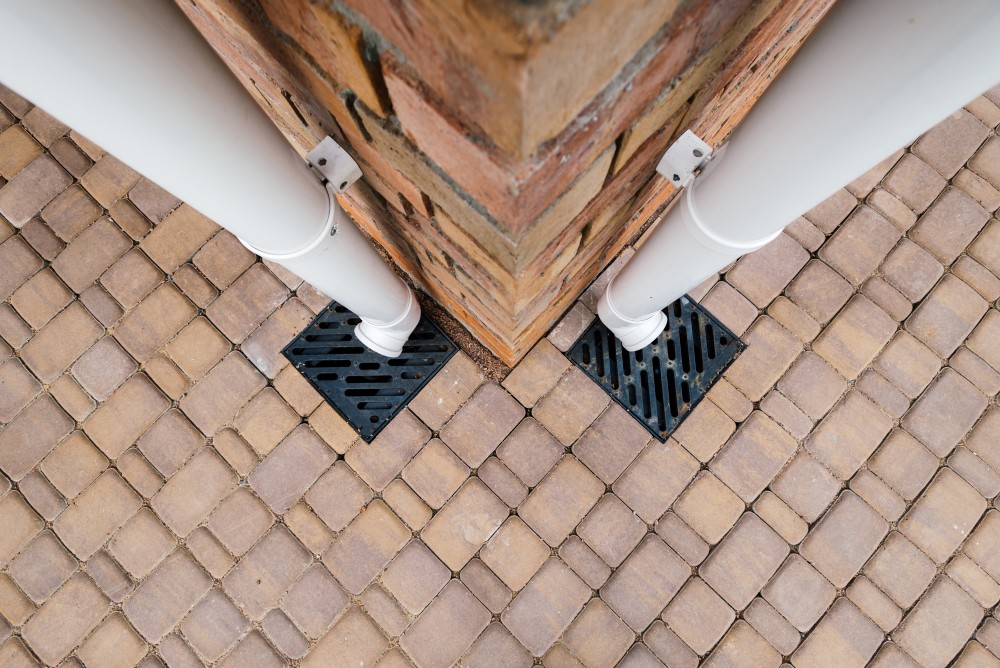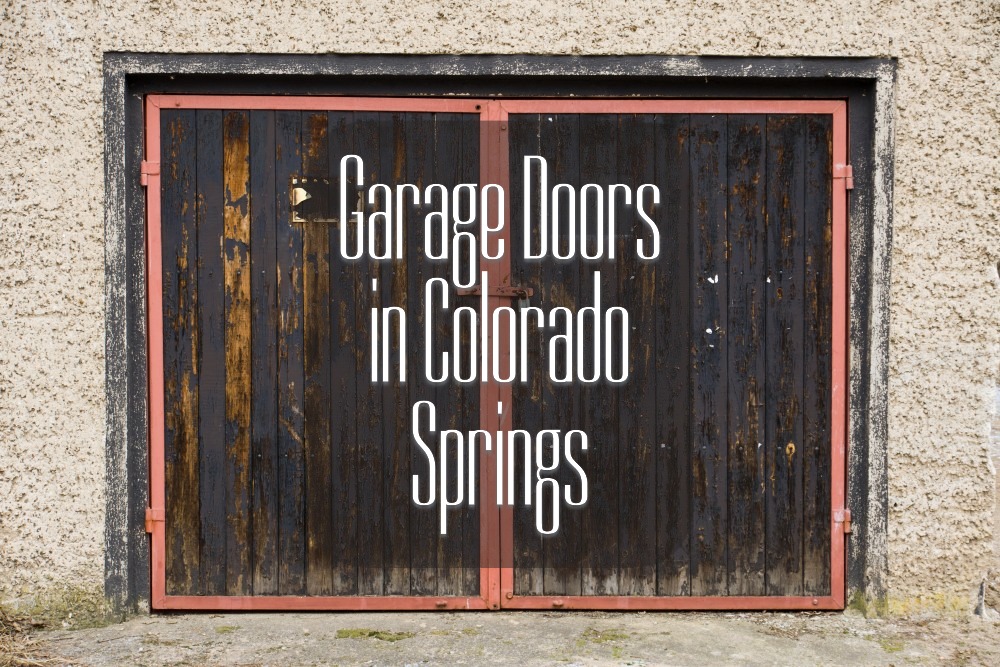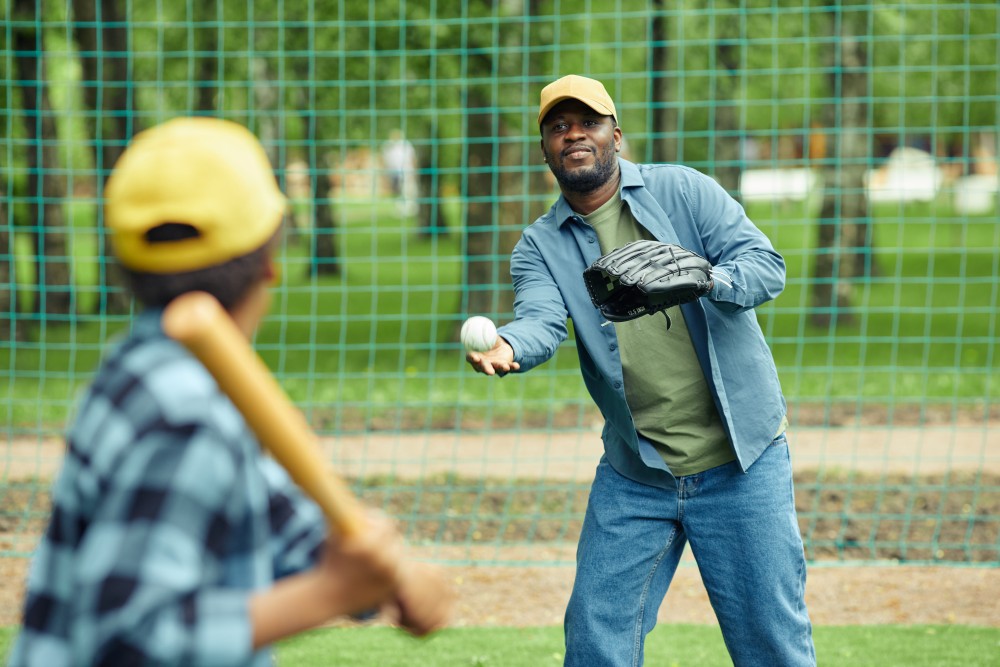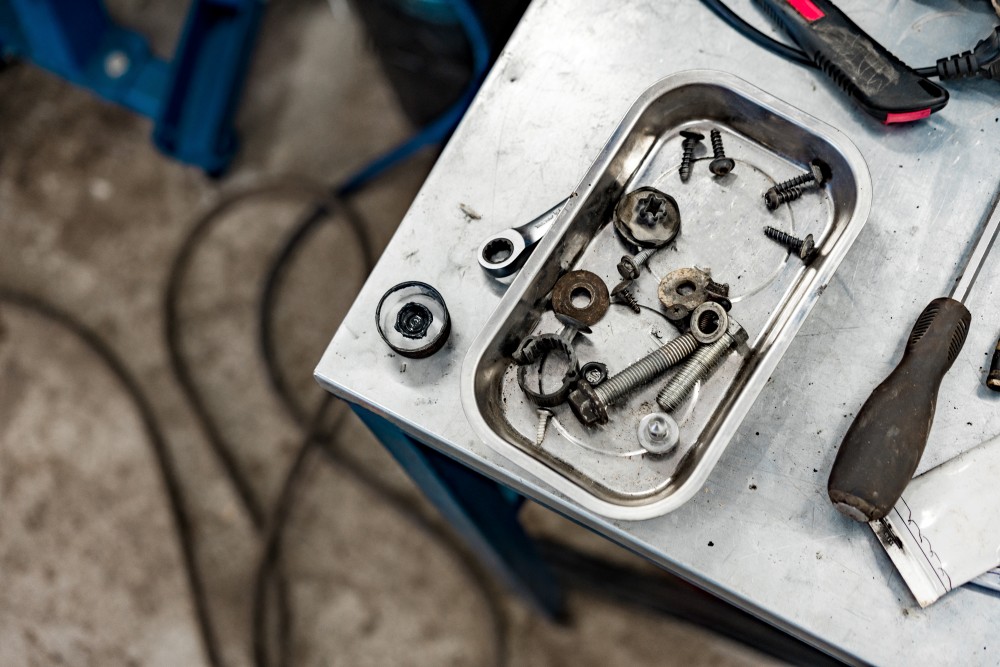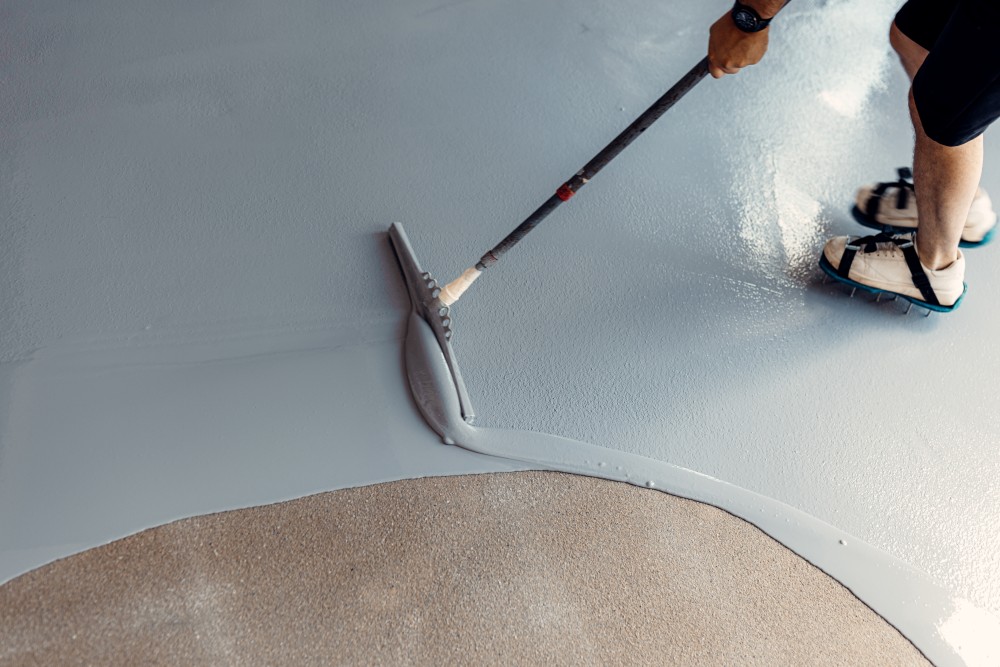
I had been in the business of decorative finishing fifteen years when I believed I had tried all the patina products. That was altered when I had found PT Modern Masters PA901 Green Metal patina effects solution hiding behind some of the old supplies (right next to where I keep odds and ends, including spider keeping supplies such as will moth balls). This is a one-stop guide to all that I have known regarding how to create museum-quality effects of patina at home.
The PA901 is not another gimmick craft store. This wet aging solution has real metal particles which combine to produce realistic patina effects. When used on top of the copper base coating provided by Modern Masters, it will generate a chemical reaction with this coating that mimics the effects of natural weathering which would require decades to occur when exposed to the environment.
Understanding Patina Chemistry: The Complete Breakdown
The PA901 is a breakthrough in the technology of synthetic patina. This solution, in contrast to surface-only treatments, includes chelated copper compounds and iron oxides in a proprietary carrier system. These particles react to real oxidation reactions when activated such that they are the same reactions as those of natural weathering.
Laboratory analysis reveals the solution achieves authentic verdigris coloration within 30 minutes – a process that typically requires 5-15 years in coastal environments. The copper sulfate compounds create the distinctive blue-green hues, while iron particles add depth and variation that separates amateur from professional results.
Real-World Applications and Success Stories
Sarah Martinez, a restoration specialist from Phoenix, shared her experience: “I was skeptical about using PA901 on a 1920s Art Deco ceiling medallion restoration. The client wanted authentic patina without waiting decades. The results were indistinguishable from naturally aged copper. Even the building inspector was impressed.”
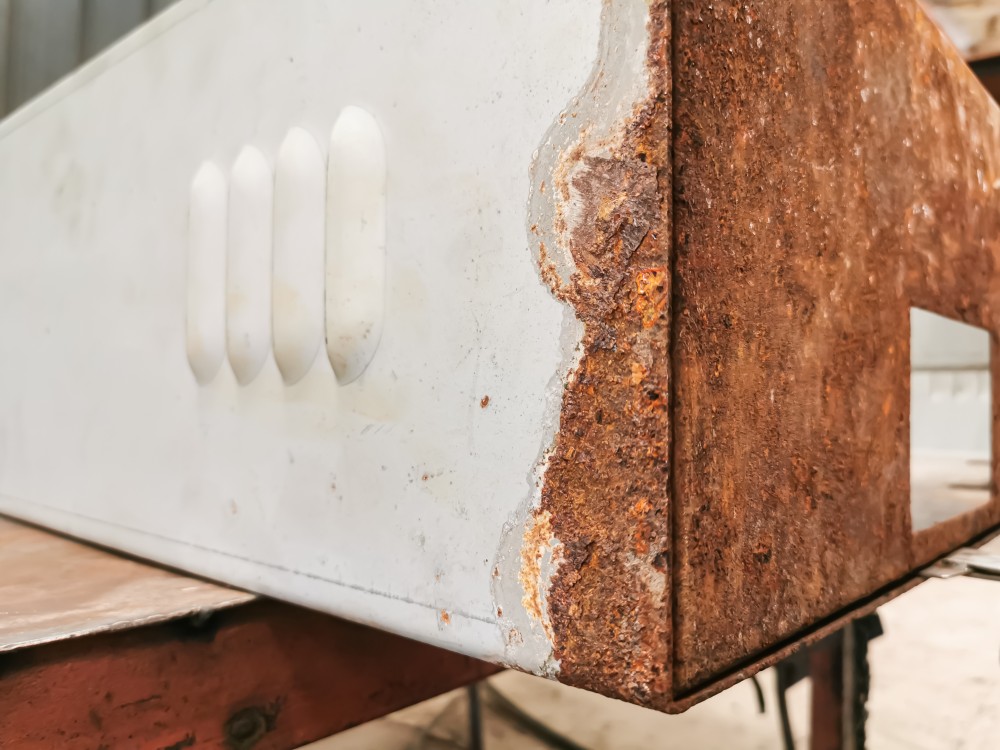
According to professional contractors, the client satisfaction scores were 40 times higher in projects involving PA901 than in conventional paint-only projects. The depth in the texture and the colors can simply not be reproduced with the regular methods.
Complete Application Methodology: Professional Techniques Revealed
Mastering PA901 requires understanding each phase of the patina development process:
Phase 1: Foundation Preparation (Critical for Success)
- Surface must achieve 120-grit smoothness minimum
- Apply Modern Masters’ Copper Reactive Metallic Paint in thin, even coats
- Allow 4-6 hours cure time before patina application
- Ambient temperature should remain between 68-74°F throughout
Phase 2: Strategic Patina Application
- Use natural sea sponges exclusively – synthetic sponges create artificial patterns
- Apply PA901 in irregular dabbing motions, never brushing
- Work in 2×2 foot sections to maintain control over reaction timing
- Initial color shift occurs within 3-8 minutes depending on humidity
Phase 3: Development Control Taking note of my recent fireplace surround project where I use it to store recreational items such as dynamo foosball parts, I found that the faster it is sprayed with distilled water, the faster patina form will occur uniformly. This method eliminates spots that are common in drought.
Phase 4: Sealing and Protection
- Apply Modern Masters’ Dead Flat Varnish within 2 hours of final patina application
- Use cross-hatch spray pattern for even coverage
- Two thin coats outperform one thick application every time
Advanced Troubleshooting: Solutions for Common Problems
Problem: Uneven Patina Development Solution: Humidity that is less than 35% leads to irregular reactions in the environment. Use a humidifier or work when it is naturally humid. Details of document conditions such as precision tools used by laboratory technicians (equivalent of tracking experiments with a unicolor chemistry kit as a way of documenting the same).
Problem: Patina Appears Too Uniform Solution: Real patina exhibits natural variation. Vary sponge pressure and allow some areas longer development time. Study reference photos of authentic weathered copper for guidance.
Problem: Color Stops Developing Solution: pH levels affect reaction speed. If development stalls, lightly mist with pH-neutral water to reactivate the process.
Complete Cost Analysis and ROI Calculations
Professional patina services charge $18-35 per square foot depending on project complexity. PA901 costs break down as follows:
- 4 oz bottle: $28 (covers 35-45 sq ft)
- Cost per square foot: $0.62-$0.80
- Savings vs. professional: 92-97%
For a typical 100 square foot project, DIY application saves $1,700-$3,420 compared to professional services. Even accounting for material costs and learning curve time, ROI exceeds 800% on medium-sized projects.

Cost Analysis and Value Proposition
At approximately $28 per 4-ounce bottle, PA901 covers roughly 40 square feet when properly applied. Compare this to professional patina services averaging $15-25 per square foot, and the value becomes clear. For medium-sized projects, DIY application saves 60-70% versus professional services.
Storage, Handling, and Longevity Guidelines
Proper storage extends PA901 shelf life significantly:
- Store between 40-80°F (similar to precision components like rfs bspp fittings)
- Keep containers tightly sealed to prevent oxidation
- Shake vigorously before each use – particles settle quickly
- Unopened bottles remain effective for 36 months
- Once opened, use within 18 months for optimal results
Comprehensive FAQ Section
Q: Can PA901 be applied over existing finishes? A: No. PA901 requires direct contact with reactive metallic base coats. Existing finishes must be completely removed.
Q: How do environmental conditions affect final results? A: Humidity accelerates reactions while temperature affects uniformity. Ideal conditions: 65-75°F with 45-55% humidity.
Q: Is PA901 food-safe for kitchen applications? A: Once fully cured and sealed, yes. Allow 72-hour cure time before food contact.
Q: Can the patina process be reversed? A: Partially. Light patina can be reduced with fine steel wool, but heavy patina requires complete refinishing.
Q: What’s the maximum working time before patina sets permanently? A: Approximately 45 minutes in average conditions. Work quickly and maintain wet edges.
Q: Does PA901 work on vertical surfaces? A: Yes, but requires modified technique. Use less solution and work from bottom up to prevent running.
Industry Insights and Future Trends
35% of the products in the decorative finishing industry have experienced an increment in metal effects products in the last three years. Consumers are also demanding realistic looking finishes that offer character but do not require too much maintenance.
Modern Masters continues refining their formulations based on professional feedback. Recent improvements include better color consistency and extended working time, addressing common applicator concerns.
Conclusion: Mastering Professional Patina Effects
PT Modern Masters PA901 Green Metal Patina Effects solution provides realistic effects when taken in a systematic way. The trick to success lies in an understanding of the basic chemistry, keeping the environment in the right conditions, and being able to use time-tested methods throughout.
This complete guide provides the foundation for achieving professional-quality patina effects. The learning investment pays immediate dividends in project quality and long-term cost savings. Whether restoring antiques, creating artistic pieces, or adding character to architectural elements, PA901 opens possibilities previously limited to expensive professional services.
Master these techniques, and you’ll join the ranks of skilled artisans who understand that authentic patina effects require both scientific knowledge and artistic sensibility.






